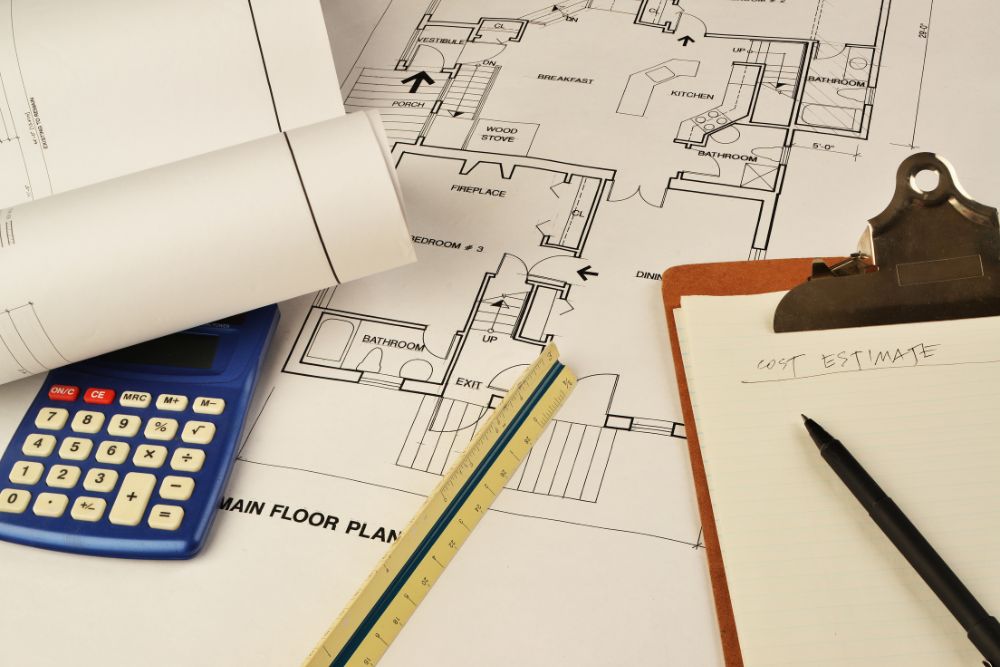Many cost engineers face the same challenge. They prepare accurate and detailed estimates, but their insights often go unheard. Hours of hard work, building models, checking data, and forecasting risks can be set aside when executives focus on quick results or optimistic targets.
This problem isn’t just about numbers. It’s about how information is shared and understood. Executives often see estimates as limits instead of tools that protect profits and reduce risk. For cost engineers, the real challenge is learning how cost engineers can make executives listen by presenting their work in a way that connects with business goals.
At Prime Estimation, we understand this communication gap and help cost engineers present data that resonates with leadership priorities. In this guide, we’ll explain why executives overlook estimates, what causes the trust gap, and how cost engineers can communicate their value to gain real executive support.
Understanding the Trust Gap Between Cost Engineers and Executives
The gap between cost engineers and executives is one of the biggest challenges in project planning. Many leaders don’t fully trust or understand detailed cost estimates. They often see them as delays or roadblocks instead of decision-making tools.
One reason for this gap is confusion between cost estimates and business targets. Executives sometimes treat both as the same thing, even though they serve different purposes. A cost estimate shows what a project is likely to cost. A target reflects what the company hopes to achieve. Mixing them up creates unrealistic expectations from the start.
Another issue is pressure from the market. In competitive industries, executives may lower estimates to meet “price-to-win” goals. While this can help win contracts, it often leads to cost overruns and schedule problems later.
There’s also a lack of feedback. Many organizations don’t compare past estimates with actual project results. Without this review, executives may think estimates are just guesses rather than data-driven insights.
Finally, communication plays a big role. As information moves up through management levels, messages can be softened or reshaped. What starts as a clear warning from the cost team may reach executives as a mild concern. This distortion makes it harder for leaders to see real risks until it’s too late.
Closing this trust gap requires better alignment, clearer communication, and stronger collaboration between cost engineers and executives.
Why Executives Often Ignore Cost Estimates?
Executives often focus on big-picture outcomes like profit margins, timelines, and customer satisfaction. If cost estimates don’t clearly show how they affect these outcomes, leaders may overlook them. This is a common challenge in cost engineering communication.
Reports that are too technical or data-heavy can lose impact. For example, saying “material cost variance of 8%” may not capture an executive’s attention. A stronger approach is to link numbers to business results: “This cost increase could reduce profit margins by 3%.”
Executives also tend to see estimates as limits rather than tools to manage risk and guide decisions. Learning how cost engineers can make executives listen means presenting data in a way that aligns with leadership priorities.
By framing insights around outcomes that matter to executives, cost engineers improve executive buy-in and ensure their work directly supports smarter business decisions.
Effective Strategies for Cost Engineers to Gain Executive Buy-In
Cost engineers can take specific steps to ensure their work is heard and valued. By improving cost engineering communication, they can influence decisions and earn executive trust.
1. Use Business Language That Connects with Executives
Executives respond to information framed in terms of business outcomes. Instead of focusing only on technical details, link your estimates to profitability, timelines, and risk exposure. For example, rather than saying, “This design option costs 10% more,” explain, “This option could save $2 million over the project lifecycle.” Learning how cost engineers can make executives listen starts with speaking in terms that leaders care about.
2. Present Cost Estimates as Ranges, Not Single Numbers
Executives prefer realistic views over fixed numbers. Providing probabilistic ranges shows best-case, worst-case, and most likely outcomes. This method communicates uncertainty and helps leaders make informed decisions. Using ranges also builds credibility and demonstrates that the estimate is grounded in careful analysis.
3. Add Credibility with Data and Benchmarking
Every estimate should include context. Compare your results with past projects, industry benchmarks, or organizational data. This evidence reinforces that your estimates are not guesses but well-supported insights. Benchmarking strengthens executive buy-in and improves trust in cost engineering.
4. Keep Estimates Updated and Relevant
Estimates should not be static. Update models as project scope, market conditions, or risks change. Living estimates remain useful for executives and become powerful decision-making tools rather than one-time reports.
5. Build Transparency with Technology
Using software, dashboards, or AI tools can make assumptions and calculations clear. Transparency reduces the perception of a “black-box” model and helps executives trust the estimates. This is a key part of learning how cost engineers can make executives listen in today’s data-driven environment.
How to Strengthen Executive Support for Cost Engineering
Cost engineers need more than accurate numbers to get executive attention. They must show the real business value of their work. Good cost engineering communication helps build trust and makes executives rely on estimates.
1. Show Leadership the Value of Estimation
Executives support processes that reduce risk and protect profit. Show how accurate estimates prevent cost overruns and improve project delivery. This builds executive buy-in.
2. Get Involved Early in Projects
The earlier cost engineers join a project, the more influence they have. Working with design, procurement, and project teams helps make cost estimates part of the plan. Early involvement makes executives see estimates as important.
3. Compare Estimates with Actual Costs
Track actual costs and compare them with your estimates. Showing improvement over time proves the value of your work. This is a key way to show how cost engineers can make executives listen.
Transforming the Cost Engineer’s Role into a Strategic Advisor
Cost engineers can do more than report numbers. By showing their impact on business outcomes, they can demonstrate how cost engineers can make executives listen.
- Act as a decision partner, not just a cost reporter, to gain executive buy-in.
- Link estimates to profit, schedule, and customer results.
- Give insights that help leaders make smart choices.
- Work closely with project teams, finance, and procurement to improve cost engineering communication.
- Join projects early to influence planning and decisions.
- Make estimates a tool that guides executive decisions and project success.
FAQs
Why do executives often overlook cost estimates?
Executives may overlook estimates when they are too technical or not linked to business outcomes. Without clear connections to profit, schedule, or risk, cost data can seem irrelevant. Strong cost engineering communication ensures leaders understand the impact of estimates on project success.
How can cost engineers improve executive buy-in?
Cost engineers can improve executive buy-in by presenting estimates in simple business language, using ranges instead of single numbers, and benchmarking against past projects or industry standards. Demonstrating how estimates affect margins, delivery timelines, and customer satisfaction makes the data more actionable.
What is the difference between an estimate and a target in project planning?
A cost estimate predicts the likely cost of a project based on data, assumptions, and risk analysis. A target is a goal the organization hopes to achieve, often influenced by competitive pressures. Confusing the two can lead to unrealistic expectations and reduced trust in cost engineering.
How can cost engineers become trusted advisors to executives?
Cost engineers can become strategic partners by linking estimates to business outcomes, participating early in design and planning, and providing actionable insights. This demonstrates how cost engineers can make executives listen and position estimation as a key decision-making tool.
Why is tracking actual costs important for executives?
Tracking actual costs against estimates proves reliability and highlights improvements over time. It strengthens cost engineering communication, helps executives trust estimates, and allows for better risk management and margin protection.
Conclusion
Bridging the gap between cost engineers and executives is about more than accuracy; it’s about communication, credibility, and business impact. By presenting estimates in terms that align with profit, risk, and timelines, cost engineers can turn numbers into powerful decision-making tools. Using ranges, benchmarking data, transparency, and early involvement in projects builds trust and demonstrates real value.
Learning how cost engineers can make executives listen means positioning themselves as strategic advisors, linking insights to business outcomes, influencing decisions, protecting margins, and improving project success. Effective cost engineering communication ensures executives not only hear the numbers but also act on them.
If you want to strengthen executive trust and make your cost estimates truly impactful, contact us at Prime Estimation to learn how our expert strategies can elevate your cost engineering process.













